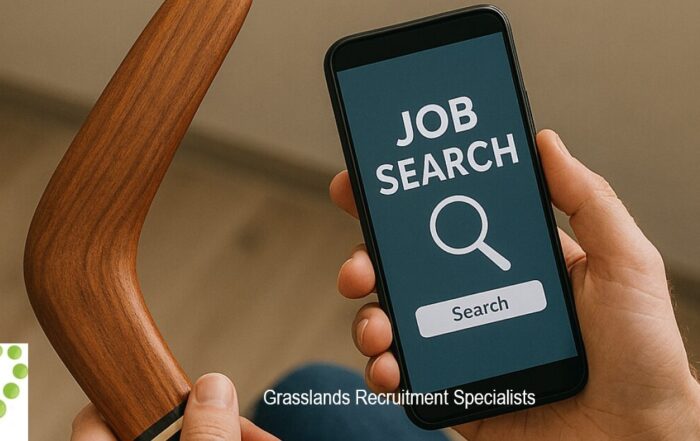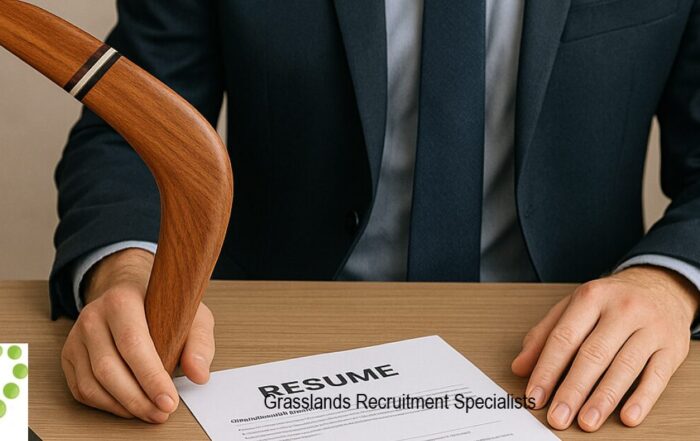Let’s assume at the start that your resume should be a chronological series of events; although it is really part of the overall marketing package you are using to sell yourself to a prospective buyer (employer). At a minimum, your marketing package will include a resume and cover letter. Thus, the first few lines of your resume are crucial “prime real estate”. Develop this section to compel a Hiring Manager (buyer) to either continue reading, to reject the resume, or to say “let’s get this candidate in right away”. The cover letter will not be reviewed if the resume is rejected.
Well-packaged marketing focuses on the needs and desires of the buyer, not the seller, so if you are using that crucial evaluation time with self-serving statements, you are immediately putting yourself at a disadvantage.
THE RESUME:
The content of a resume remains the “generic” chronological series of events, additionally documenting education, career development, interests, volunteerism and community involvement. You’ll notice resume templates regularly include an OBJECTIVE section at the top.
The Objective:
The usual OBJECTIVE statement tells the employer YOUR needs and desires; focusing more on your own interests, which is ultimately to get a job. You are basically telling the buyer that your focus is the paycheque rather than determining their unique needs and desires. No one wants to hire a job-seeker but they want to engage a career-seeker who understands it is all about leveraging each other to achieve shared goals.
The Career Summary:
Instead of an “objective”, consider a “CAREER SUMMARY” or “Professional Strengths”; highlighting your unique talents and demonstrating the value you would bring to the Company. When written well, this text will describe you before you walk into an interview room; grabbing the Hiring Manager’s attention and compel him/her to keep reviewing your resume.
Communicate to the buyer what you can offer. Specifically, what can you ‘bring to the table’ if you were hired. This summary is not a replacement for a Cover Letter as they work together (as will be discussed later).
A summary should:
- Catch the reader’s attention immediately
- Be your “written elevator speech” or “summary/branding statement”
- Communicate clear understanding of your professional identity
- Be approximately 3-5 lines
- Avoid writing with first-person pronouns (more detail below)
- Address core strengths and skill sets most relevant to their role in an easy-to-scan format
- Mention past relevant experience with key functions
- Include notable accomplishments you intend to repeat in the next role
- Ultimately be a brief list of the highlights of your candidacy
Let the prospective employer know that you consider this opportunity important enough to spend significant time to create a marketing that shows how qualified you are for this role; especially that you took the time to identify how you are better and different from your peers.
Summary Resources:
Step 1:
First, think of three or four things that define you as a professional. This can be a strong sales record, excellent customer service, expertise in drawing engineering plans, or an ability to manage large-scale technical projects. Identify your professional traits and focus on business skills as well as technical expertise even if they fall into a technical industry.
Step 2:
Next, think of the things you enjoy the most in your work. When you write your summary statement, you aren’t just telling the employer (buyer) what you are good at, you are also telling them what you want to do day in and day out. No matter how well you do something, however, we suggest you don’t talk about it if you don’t want to do it.
Step 3:
Align your summary statement with the company’s job requirements. Identify the knowledge, skills and abilities (KSA’s) you want to focus on. Now, determine if your KSA’s line up with role requirements listed for the positions you are seeking. Brainstorm a bit about the most important qualities required for the job(s) that you want. If there’s a job description, scan it for keywords. Think about your 3 most valuable transferable KSA’s or areas of expertise and how they relate then draft a sentence about each of those three selling points. You can then combine/arrange/edit them into a summary statement.
An executive career summary must be concise, but still, give a Hiring Manager (buyer) a reason to read further. View this article entitled Trade Up to an Executive Summary for more thoughts.
The Art of Writing a Great Resume Summary Statement by Kimberly Sarmiento
Summary Tips:
1. Customize for Your Experience Level
When writing your summary statement, it is important to consider where you are in your professional progression. A summary effectively sets up the skill sets, achievements, and even certifications/degrees. If the request is for an MBA, PMP, CA or other certifications, and you currently do not possess them, remember deep industry-related experience often trumps or parallels other requirements.
2. Focus on your most important selling points
Do not include requirements that are common – ones that just aren’t important enough to place in that opening paragraph. One example is proficiency in MS Office. Even if you are technical professional, software and hardware skills need their own “career development” section on the resume and don’t belong in the opening statement.
3. Stand Out
The summary statement is for the strengths and accomplishments that truly make you stand out as a candidate. Some things to call to the reader’s attention early include language proficiencies, award-winning performance, or being named on one or more US patents. While these qualifications should be documented in the body of the resume, highlight them early to establish your unique value as an employee.
4. Skip the “I” and “me” stuff
Please note again that none of these opening paragraphs are written with first-person pronouns. Write the paragraph in the present tense and write it as if you are the understood subject of the resume. This allows the focus to remain on the employer. Telling the reader what you “do” and what you are “known for”, the reader thinks about how you can do those things for them. As well, this message should be reinforced throughout the resume as you use achievements and certifications. Basically, reinforce your opening paragraph and highlight examples of the things that the summary statement promotes.
Use of I, me, my places the focus on the applicant and the goal of the resume is to sell the employer on what you can do for THEM.
Final Summary thoughts: Remember, aside from a cover letter, the summary statement is key to your marketing package as it is the very first thing the Hiring Manager reads about you. It is your first impression long before you get a face-to-face interview so, obviously, it requires more than “Obtain a position that enhances my skills”.
THE COVER LETTER
As with all writing projects, creating a summary helps you focus on what is important and helps you create continuity and flow. Now that you have developed the Summary Statement for the resume, you can now use these points to expand on the topics in your cover letter to create continuity. Often marketing is a response to a purchase order or a request for proposal (RFP). Therefore, your cover letter is more than a generic response, it must be specific and impactful. So, after expanding on your summary topics, project your 30, 60, 90 days accomplishments and targeted achievements – include what you plan to complete during the first quarter. In today’s marketplace, most job-seekers do not write cover letters or they use the same one for every application. Those that are specific and career-focused do.
The “Marketing Package” may be a chess game so be strategic and begin preparing for the Interview which could be a Sparring Match. Be prepared to Win!
Share This Story, Choose Your Platform!
Should You Go Back? What to Consider Before Returning to a Former Employer
Maybe you left for a better offer. Maybe life changed. Or maybe things just didn’t work out the way you hoped. Now, the opportunity to return to a former employer is on the table—and you’re READ MORE-->
Back for Good? The Rise of Boomerang Employees in Agriculture and Beyond
In today’s evolving job market, it's becoming more common to see former employees return to previous employers—earning the title “boomerang employees.” Once seen as rare or even taboo, rehiring past team members is now a READ MORE-->

